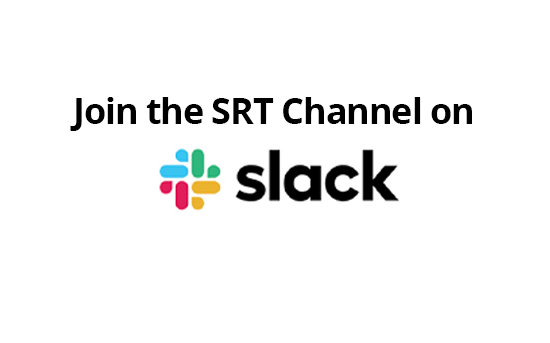SRT, which stands for Secure Reliable Transport, is a video streaming transport protocol and technology stack (similar in concept to Reliable UDP). The open source implementation of SRT is based on Haivision’s SRT, a technology package and protocol that connects two endpoints for the purposes of delivering low latency video and other media streams across lossy networks.
SRT key features:
- AES 128/256 bit encryption
- Packet loss recovery through advanced low latency retransmission techniques
- Video and audio stream timing recovery
- Ability to designate any endpoint as “sender”, “receiver”, or “rendezvous” mode
- Detect the network performance between endpoints (packet loss, latency, jitter)


